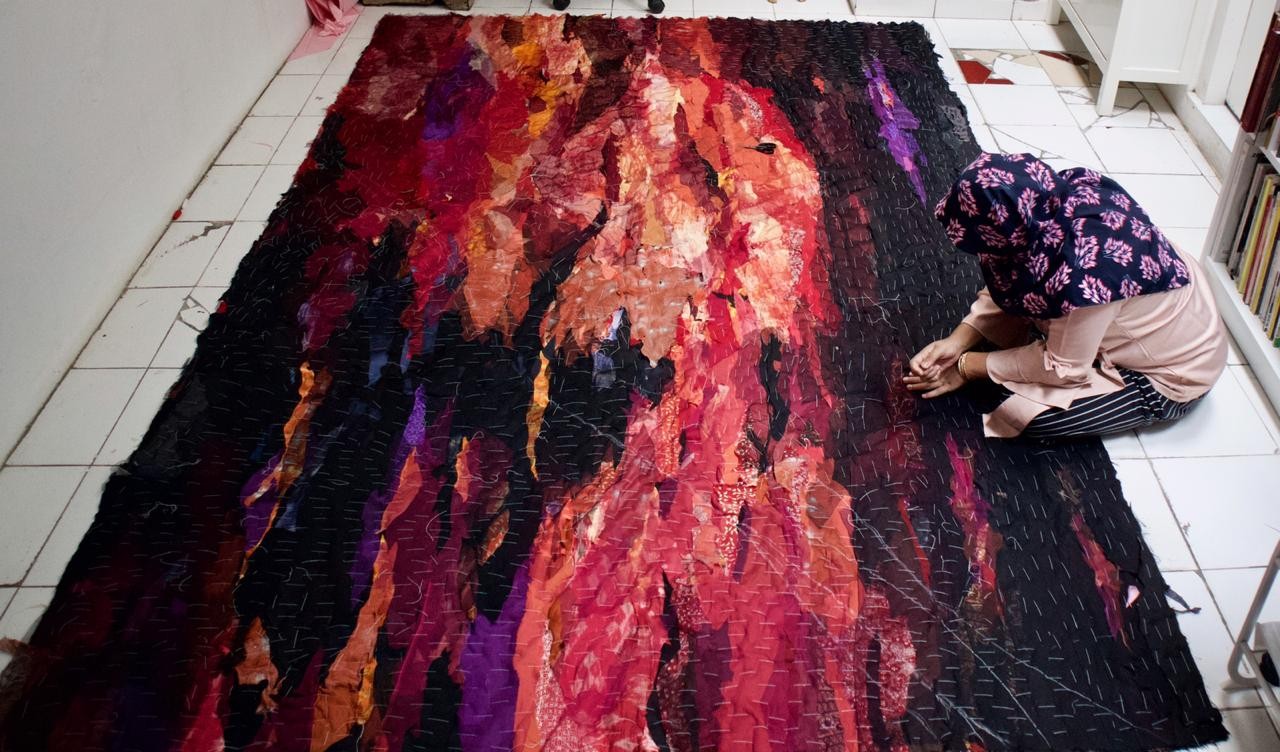Popular Reads
Top Results
Can't find what you're looking for?
View all search resultsPopular Reads
Top Results
Can't find what you're looking for?
View all search resultsPrice, style more important for Indonesia’s consumers than sustainable fashion
The $1.3 trillion global fashion industry emits 1.2 billion tons of carbon dioxide yearly and contributes to 20 percent of industrial wastewater pollution worldwide from the dying and treatment process.
Change text size
Gift Premium Articles
to Anyone
A
s the public becomes more aware about the effects of plastics and other pollutants to the environment, more and more people have vowed to turn their lives around by using stainless steel straws, reusable food trays and even looking into buying electric vehicles.
However, it seems as if the same kind of awareness on sustainability has yet to reach the fashion world, as most consumers are more concerned about the price point and style than whether the production materials and the overall manufacturing and distribution processes are sustainable.
“Many of [the customers] are more concerned about the comfort, style and price of the clothes instead of the materials,” said Caroline Siahaan, designer and founder of local clothing line Oline Workrobe, said during a forum with the Indonesian Chamber of Commerce and Industry (Kadin) in Jakarta on Sept. 2.
This has led to low demand from customers for sustainable fashion products, she added.
Most fast-fashion products end up in landfills due to their short lifespan as these retailers produce clothes at high volumes using low-quality materials and sell them at low prices.
The fashion industry generated 92 million tons of trash, equivalent to 4 percent of the world’s waste each year, according to the 2018 Pulse of the Fashion Industry report.
Materials for sustainable fashion, Caroline said, usually last longer but also had higher production costs. Therefore, the clothes that use these materials tend to be more expensive than those that are less ecofriendly, she explained.


















